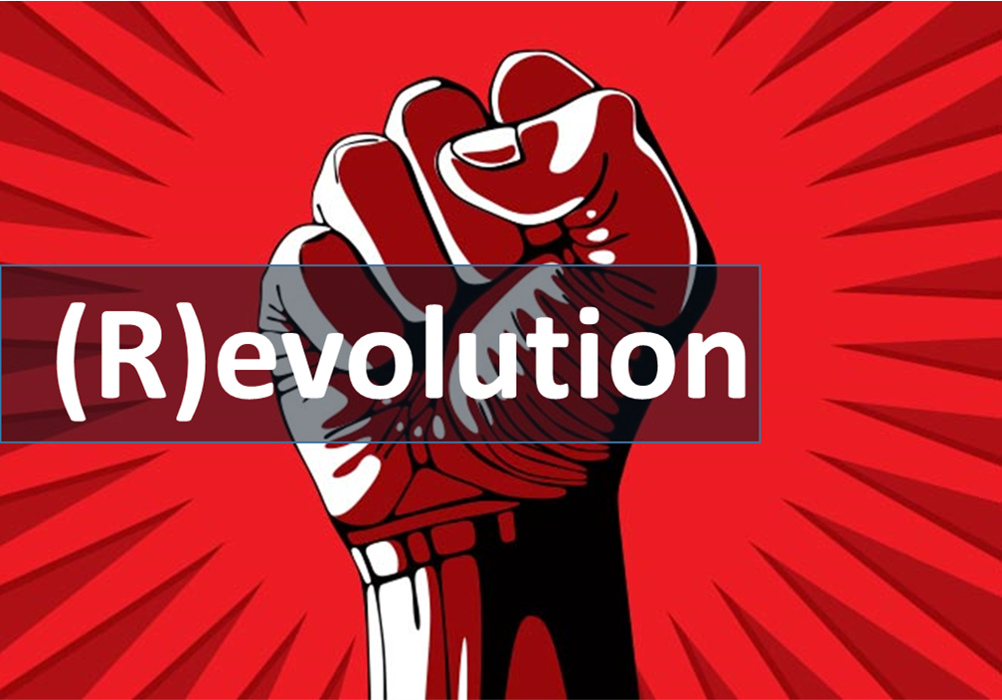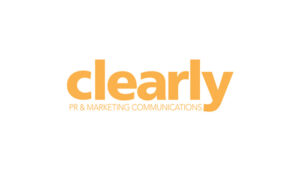“We cannot go back and start over, but we can begin now and make a new ending”.
I have always been a big fan of this Zig Ziglar quote, and right now, with what we have all been through as business leaders, the words have more meaning than ever.
This is truly the time to take the lessons we have been forced to learn over the past 12 months and reengineer our businesses to be truly fit for purpose – to be able to capitalise on the resurgent economic recovery we are already experiencing.
So, what does that actually look like in practice?
Well, to be clear – the fundamentals of recruitment have not and will not change, and nor should some of the underlying principles of how we work. This is not about replacing what we used to do pre-covid with radically different practices and ground breaking new processes.
But the reality is the landscape we work in is now quite different and this presents huge amounts of opportunity. Opportunity to be more productive, more efficient, more scalable and more profitable, not by revolution, but by evolution.
In order to succeed in tomorrow’s world (I define success as doing significantly better than we were doing yesterday), the focus of recruitment leaders must now shift away from many of the superficial measurements of success we used to covet (turnover, headcount, presenteeism, inputs, supplier agreements, hierarchies) and move instead towards business models that are fixated on directly impacting the three key drivers of a great businesses – people, positioning and profits.
People
Recruitment by its very nature is a people industry. In its most simplistic form, we place people in jobs and we are generally damn good at it. But we have a tendency to shape our ways of working around a traditional, client led hierarchical people structure, where we put customers at the top of the hierarchy, with candidates and our own people following below.
We think and act first as suppliers where we work to our customers’ terms and build our internal systems around what our customers are asking us to do.
A strategy like this is limiting, as we create an over reliance reliant on external elements that are generally out of our control (Covid has proven that for many) and build business models that are built predominantly for the success of our customers (think about how much contingent work you do), whilst we pay less attention to the other two sets of people involved in the supply chain – our candidates and our employees, both of which are currently in short supply.
Business models need to flatline the structure. All three have an equal value in the supply chain and processes need to account for that.
We need to put far more emphasis on our people and our candidates than we do today.
The candidate user experience needs to reflect how we do things today – fast, agile, responsive and without barriers. Nothing less will do.
Internally, our model has to remove any of the anchors and restraints that prevent our people from being able to play to their strengths – sadly, our search for individual perfectionism does quite the opposite.
I said recently in a blog that many recruitment businesses aren’t great at recruiting for themselves, and it is true. We are poaching talent from the same diminishing pool of recruiters as our competition and running out.
We squeeze Rec2Recs on price and relationship and wonder why we get little return (and then offer our own internal staff just £100 for a referral fee!).
We look at new graduate talent as a cost to today’s P&L, not as tomorrow’s top billers.
We don’t even report internal recruitment metrics in the same way we do about the same metrics we use for our clients. We ARE our best client – never forget that.
Being an employer of choice is, well, not a choice anymore. It is an imperative.
This is not about whether you should allow employees to work from home, or work from an office (we can probably take a guess that Hybrid will be the new norm), but about creating a structure and culture that creates greater employee commitment and growth, however you decide to work.
If you run with a more remote working environment, then you must be prepared to trade off some of the things you will lose (perhaps elements of innovation and culture) with other things (maybe greater productivity and greater engagement), and vice versa if you get everyone back full time into an office.
Think about what you are doing to proactively supplement the things that may get diluted in tomorrow’s way of working.
Positioning
At the start of the first Covid lockdown, we set off the warning sirens for everyone to cut their costs and hold on to their cash (we even offered our services for free for six months to help with that!). Businesses quite simply needed war chests to ensure their immediate short-term survival.
We have all been working in short 90-day sprints as the covid story played out quarter by quarter these past 12 months and this has worked well.
But that story has now changed significantly, and businesses need to adjust their vision and rethink their positioning to look much further out, much more from a long term perspective.
Business development is no longer about getting a quick deal done to get cash in, as many had to do over Covid.
This is about moving from the meeting room to the board room.
Moving from supplier to partner and building collaborative, mutually beneficial partnership agreements with our customers.
This is about being paid for our time, on rolling monthly contracts, as much as it is about being paid for our outputs.
This is about getting your job pipelines to being 75%+ predictable revenue models, across a blend of perm, contract and talent products.
This is about getting paid for our true worth.
Profit
It may sound just a little bit obvious, but I am convinced that there are still many people out there focusing on top down and not bottom up when it comes to their strategy.
Top down means expecting profit generation as a sum output of your inputs (ie. trying to make as much profit as you can from what you are doing), instead of setting profit line expectations first and then re-engineering a business strategy to achieve it (ie. how much profit do we want to generate as a business and based on that, what therefore do we need to do?).
The last 12 months has given us an incredible opportunity to redesign how we work, what we do, how we sell, what we sell and who we work with all in the name of generating far more profitable businesses in the future.
We are automating non-core, repetitive processes at scale and that is throwing off greater productivity and performance per person.
We are walking away from poor business (low margin, contingent, arms distant relationships) and cultivating value clients.
We are becoming sticky with our clients and penetrating deep into their supply chain, so increasing customer lifetime value.
We are modelling our org charts to allow higher yield per person, with a greater focus now on “conversion at speed and scale”.
We are realising that there were a whole bunch of things we used to spend our money on that were either just not needed (maybe an office?) or weren’t throwing off enough ROI (perhaps some traditional job boards?) and instead putting it back into high contributing investments (think AI marketing funnels, dedicated resourcing teams and RPO tech).
So, Zig Ziglar was right, what has passed has passed.
But the next few chapters are very much yet to be written, and with the right people doing the right things, the right positioning and a healthy fixation on profit generation I think it is going to be a very happy ending to what has been an extraordinary period for many recruitment businesses.
James
Share :




